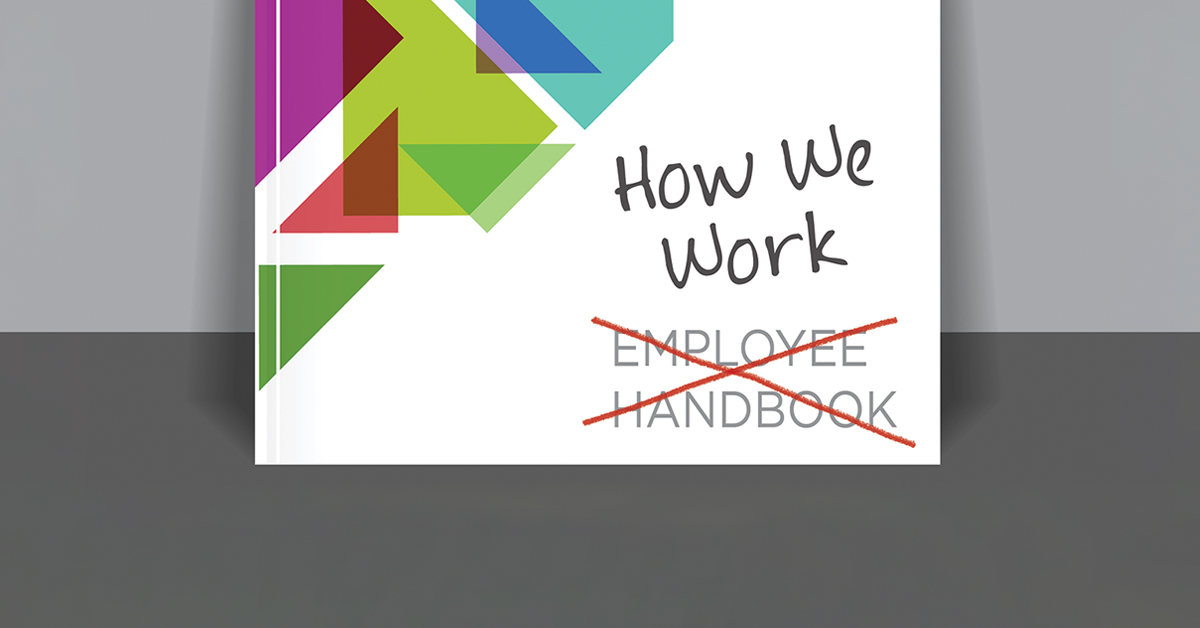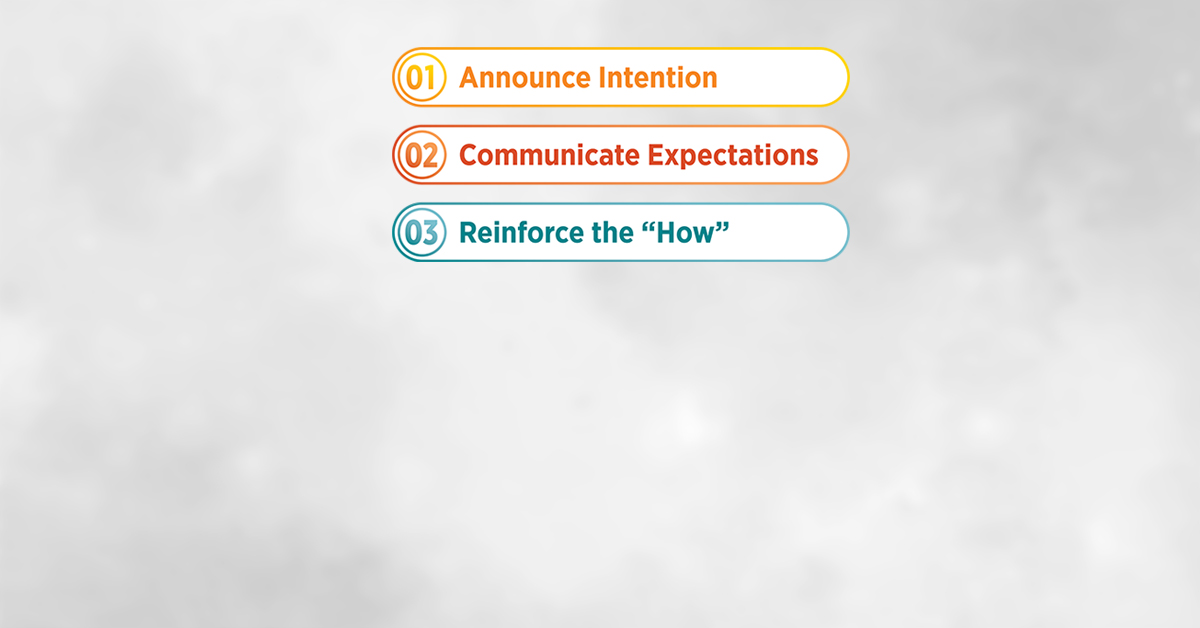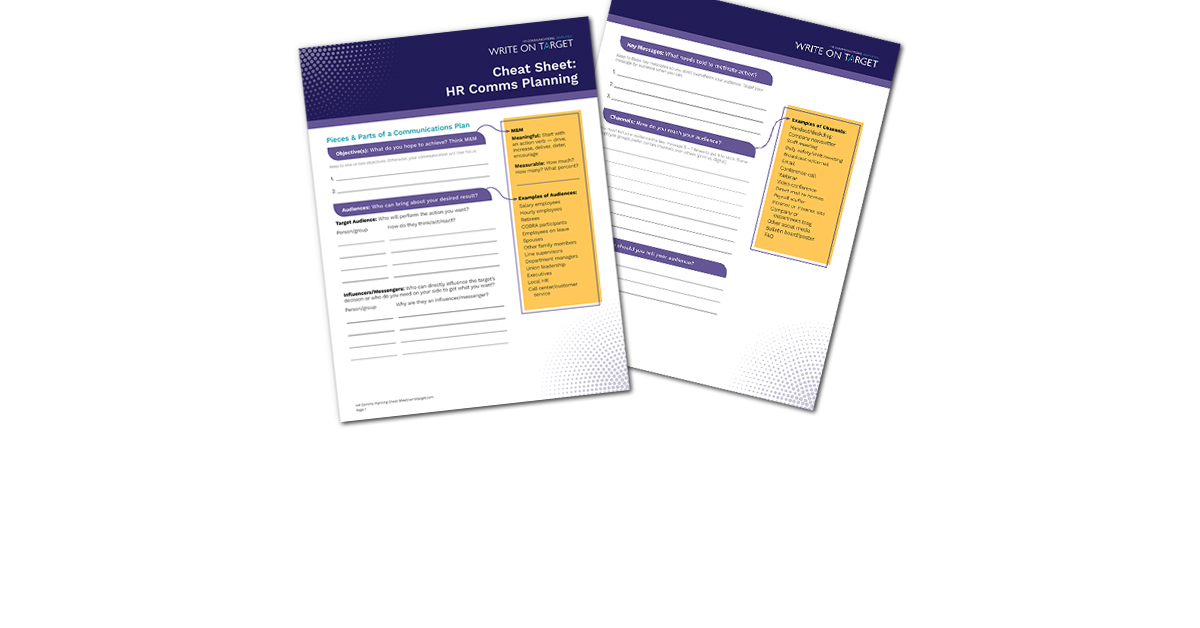Is your employee handbook gathering dust on a shelf or saved in an abyss of old files? It’s time to dust yours off and have some fun! It can be so much more than a compliance document.
For HR, the handbook is a way to let employees know about your company’s culture, policies, procedures and perks. For employees, it’s a convenient place to find answers to questions, including the ones they might not want to ask a manager or co-worker. Think bigger, though — a good handbook could also be used for recruiting and onboarding.
Keep It Light
If you start with mind-numbing, blah-blah language, your handbook is destined for an employee’s never-ending to-do list. Leave the legal jargon for the end, or link to it online. Instead, lead with something light and engaging. Talk about your company’s culture in terms that make sense to people of every education level. And keep the whole thing under 30 pages.
Your culture is more than just your dress code. It starts with your company’s reason for existing. Employees want to know why they’re working every day, and toward what goal. It can also tell your company’s story, so people can feel like part of the journey. Blissbook does a great job explaining the importance of culture in a handbook. Today, it’s not uncommon for companies to have an entire book dedicated solely to their culture.
Every company has policies, even today’s hip tech startups. A policy doesn’t have to be a rule, and it doesn’t have to be written with “you must” language. If you do have a dress code policy, write it in plain (or maybe even fun) language:
We’re a casual workplace, but we ask that you be respectful of yourself and others in how you dress. Jeans are fine, but not the ripped-up pair. In general, don’t wear anything that would disappoint your parents.
Check out Motley Fool’s guide called “Fool’s Rules.” It’s a clever way to talk about expectations.
Use your handbook for onboarding. Consider adding a section dedicated to new-hires. Maybe walk them through what they need to do that first week. “Day one: get your employee badge and set up your desk. Day two: get all your forms in to HR, and hang out by the coffee to meet people.” You get it — keep it light.
Promote your perks. You don’t have to list out all your benefits (that’s a guide all on its own!), but a summary is a good way to let people know how you’re taking care of them.
Eligible employees have medical, dental and vision coverage. Everyone can buy inexpensive life and accident insurance. We offer great perks like adoption assistance, tuition reimbursement, 401(k) matching, scholarships and daycare discounts.
If you feel you must tell them more about their great benefits, you can always link to your online benefits guide.
What a Handbook Is Not
Your employee handbook is not an employment contract. It’s wise to ask employees to sign an acknowledgement form saying they’ve read the handbook and understand the business policies. That form also includes a paragraph that clearly states the employee handbook is not a contract and is subject to change.
Whether you want to promote a certain company culture, or need to stick to a more information-only version, there’s help out there. Here at Write On Target, HR communications is all we do, so we’re here if you need us. If you want to go the DIY route, we found two completely different “how-to” guides on writing an employee handbook:
- From SHRM — a straightforward guide with a sample outline.
- From HR technology company, Gusto — a bit long, but still fun to read, graphically interesting and comprehensive.
Whether you call us or write your own, create a handbook your employees will want to keep handy.
#employeehandbook #HRCommunications



